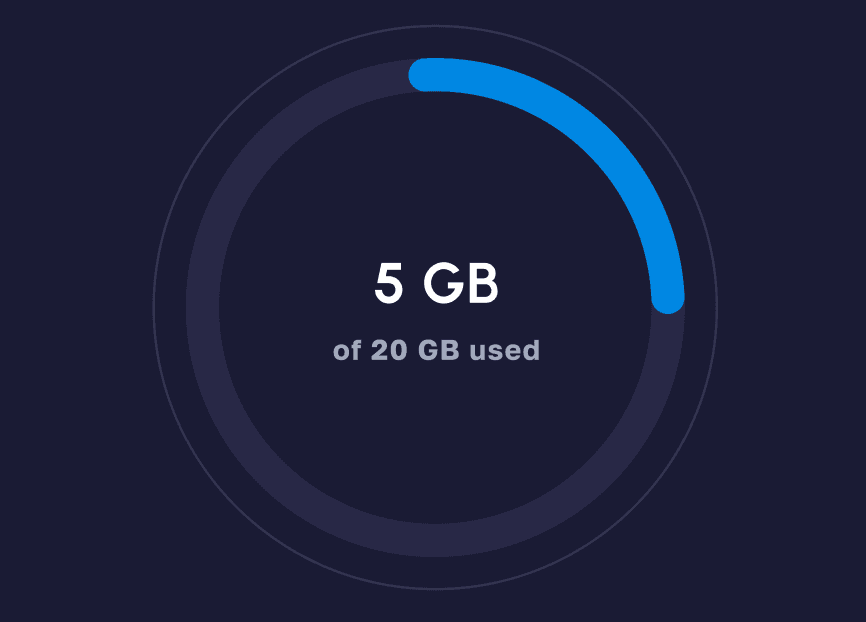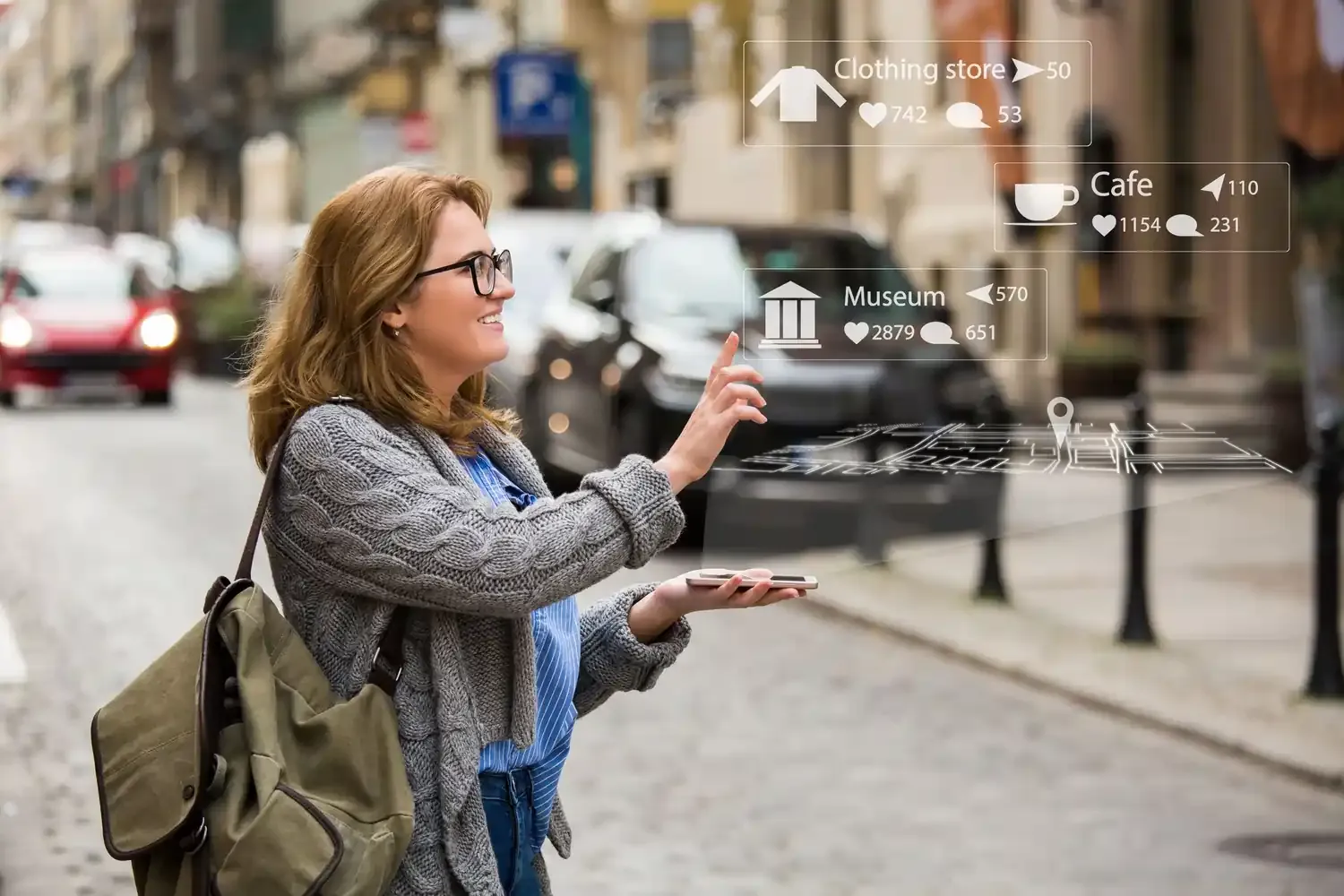eSIM
Fact or Myth: Do eSIMs use more data than physical SIMs?
Factors affecting data usage: is the type of SIM card one of them?
We probably don't need to convince you of the importance of data and connectivity in your daily lives — just think about the anxiousness that you might have felt the last time you nearly ran out of data. And if you have clicked into this article, chances are that you are considering using an eSIM for the first time, and you want to find out if an eSIM is going to cause you to use more data, and increase the risk that you might run out of data faster. You might also be wondering how to check how much data you have left while using an eSIM, just to be safe.
If that is your concern, you can rest assured that eSIMs do not use more data than physical SIMs. Read on to learn more.

Understanding the Basics of eSIMs and Physical SIMs
Before we delve into the data usage comparison, it's essential to have a clear understanding of what eSIMs and physical SIMs are.
eSIM vs Physical SIM
eSIM stands for embedded SIM, and it is a built-in SIM card that is embedded directly into a device. Unlike physical SIM cards, which need to be removed and inserted into a device, eSIMs are a virtual representation of a SIM card.
With eSIM technology, there is no need to handle physical cards or worry about misplacing them. Instead, the SIM card information is stored electronically within the device's memory. This allows for a more streamlined and convenient user experience, as users can activate or switch between mobile networks without the hassle of physically swapping SIM cards.
On the other hand, physical SIM cards are traditional SIM cards that are inserted into a device's SIM card slot. These cards are tangible and can be swapped between devices.
Physical SIM cards have been the standard for many years and are still widely used today. They come in different sizes, including standard SIM, micro SIM, and nano SIM, to fit various device models.
The Technology Behind eSIMs and Physical SIMs
Now that we have a grasp of what eSIMs and physical SIMs are, let's explore how each technology works.
How Physical SIMs Work
Physical SIM cards store subscriber data, including network credentials and phone numbers, on a small chip. This chip is inserted into a device, and the device connects to the network associated with the SIM card.
When a device with a physical SIM card is powered on, it searches for available networks and communicates with the SIM card to retrieve the necessary network credentials. The SIM card contains a unique identifier called the International Mobile Subscriber Identity (IMSI), which is used to authenticate the device with the network.
Once the device is authenticated, it can establish a connection with the network and access voice, text, and data services. The SIM card acts as a secure element, storing encryption keys and providing authentication for secure communication between the device and the network.
How eSIMs Work
eSIMs establish communication in similar ways that physical SIMs do, except that instead of a tangible SIM card, it relies on the provisioning of eSIM profiles in your device, somewhat like the act of installing a software on your device. When a device with an eSIM is powered on, it communicates with the eSIM management server of the mobile network operator. The server sends the necessary network credentials and information to the eSIM, which is then securely stored in the device's embedded SIM chip. This process is known as remote provisioning.
Once the eSIM is provisioned, the device can connect to the mobile network by establishing a secure communication channel. This channel allows the device to authenticate itself to the network and securely transmit and receive data.
Do eSIMs use more data?
Now that we understand how eSIMs and physical SiMs work, let's answer the primary question: do eSIMs use more data than physical SIMs?
eSIMs do not use more data than physical SIMs. Data usage is influenced by a number of factors, but the type of SIM card used is not one of them. eSIMs do not require the internet to establish and maintain connections with the network, and does not result in any additional data usage compared to a physical SIM.
Factors affecting data consumption
Data consumption is primarily based on the user's specific needs and usage patterns, and is determined by factors such as browsing habits, multimedia streaming, and app downloads. The amount of data used during browsing is primarily dependent on the content being accessed and the user's interaction with it.
Whether it's streaming videos, listening to music, or engaging in video calls, the data consumed is determined by the quality of the media being streamed and the duration of usage. Additionally, the data usage for app downloads is determined by the size of the app being downloaded. These factors influence the amount of data that is being used, rather than the type of SIM card you are using.
Useful Data-saving Tips
If you are hesitating to use an eSIM because you think you might end up using more data, you don't have to worry about that! Instead, here are some data-saving tips that can help you maximise your data allowance:
- Turn on data-saving mode: Most modern devices today come with data-saving modes. This will help to minimise background refresh of apps, resulting in lower data consumption.
- Turn-off auto sync: Turn off auto-sync for your apps. Instead, sync your apps and content only when you are connected to the WiFi.
- Embrace offline modes: Most multimedia streaming apps allow you to download your movies and music. Download them when you are connected to WiFi, and when you are on the go without WiFi, you can enjoy them in offline mode without incurring further data usage.
Get a Nomad Travel eSIM for your next trip
Nomad offers data plans in over 165 countries, and you can be sure to find one that is suitable for your travel needs. And if you will be traveling across multiple countries, there are also regional plans available so you can stay seamlessly connected as you hop between countries. Data plans are available from as low as $1.50/GB.
If you are unsure about how much data you need for your trip, Nomad also has a Data Calculator that can help you find the plan that is most suitable for you. Also check out our blog post on data-saving tips when traveling to keep your data usage in check when traveling.



